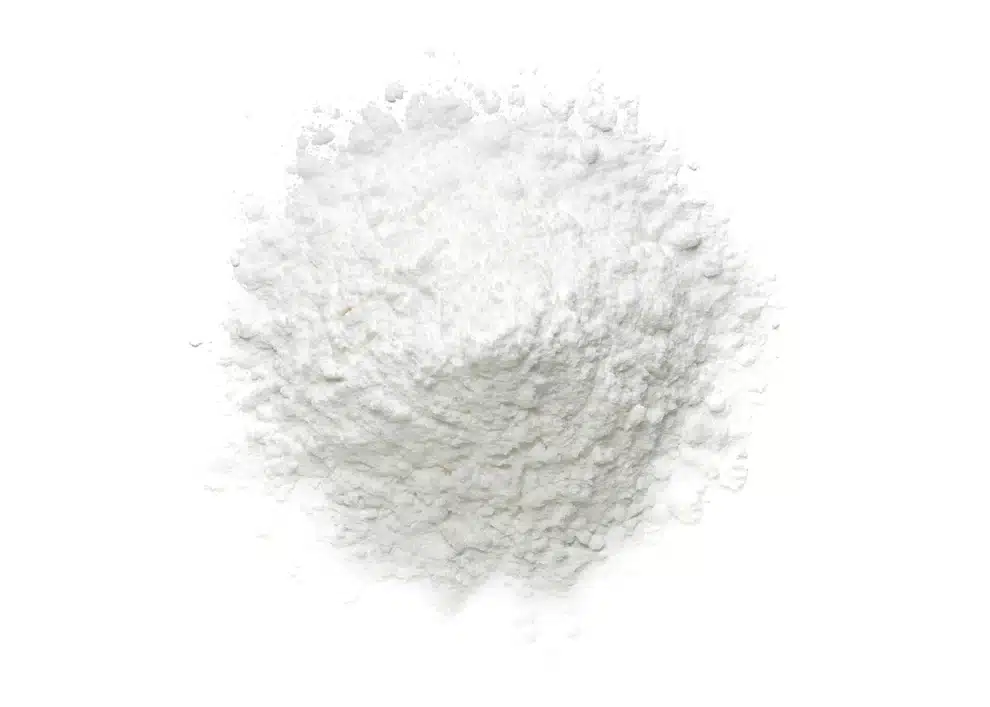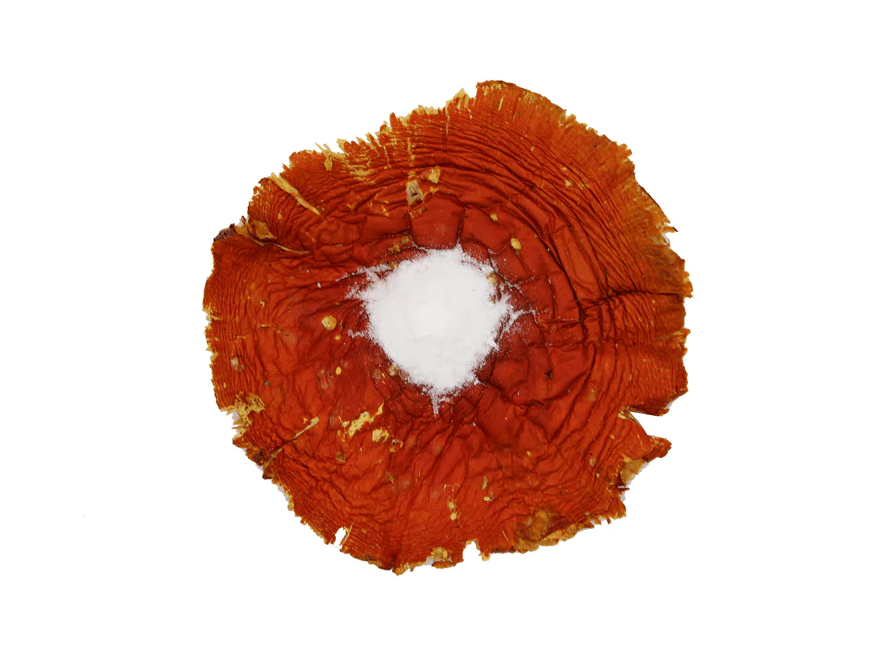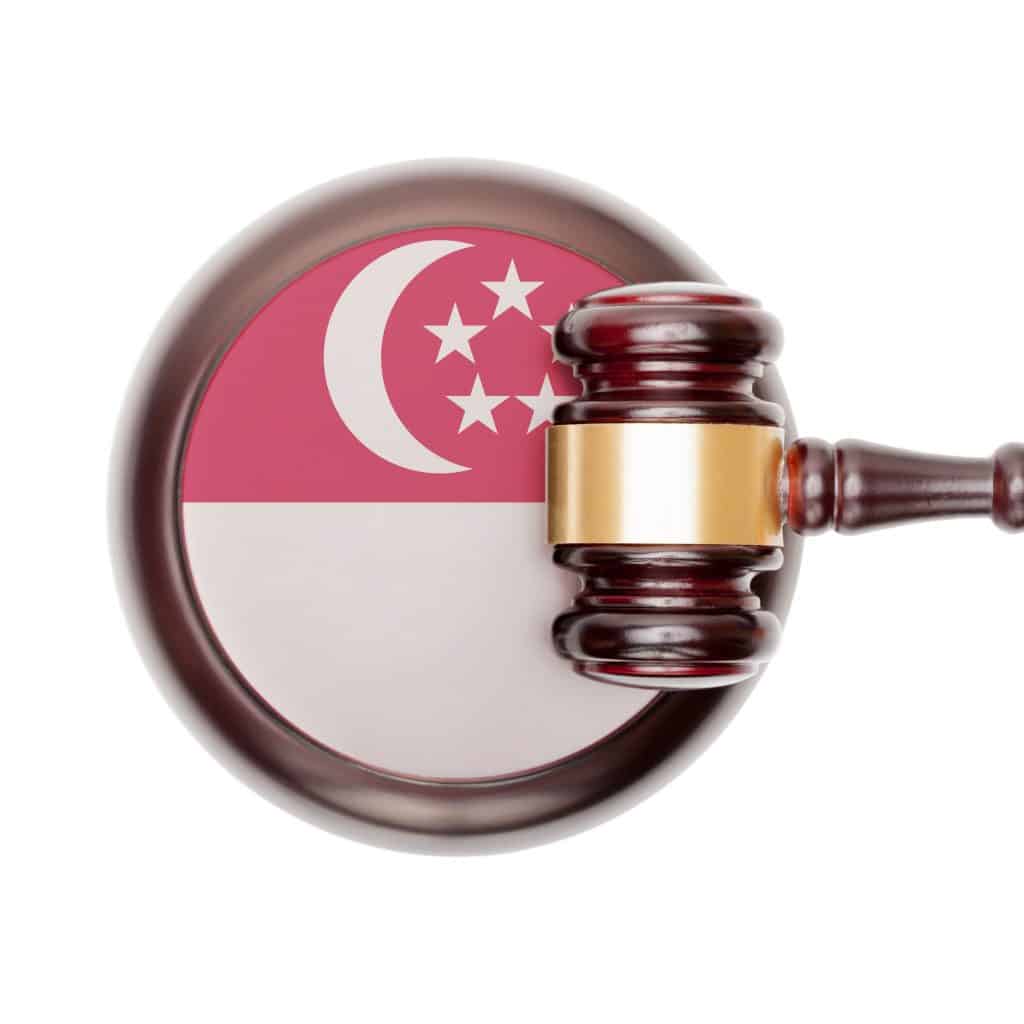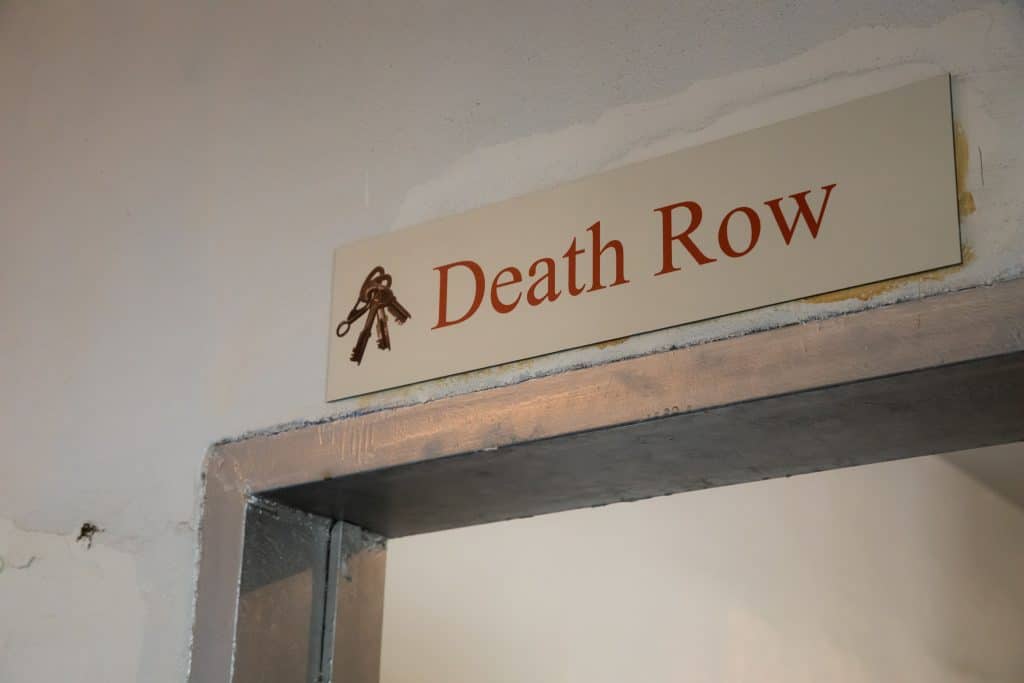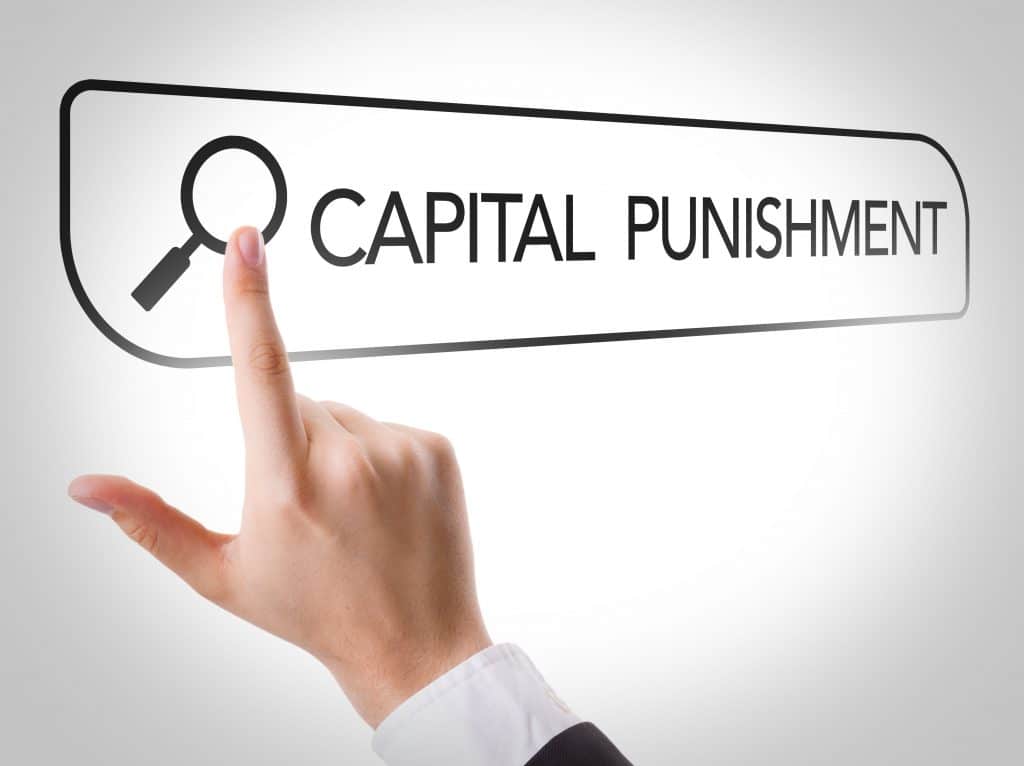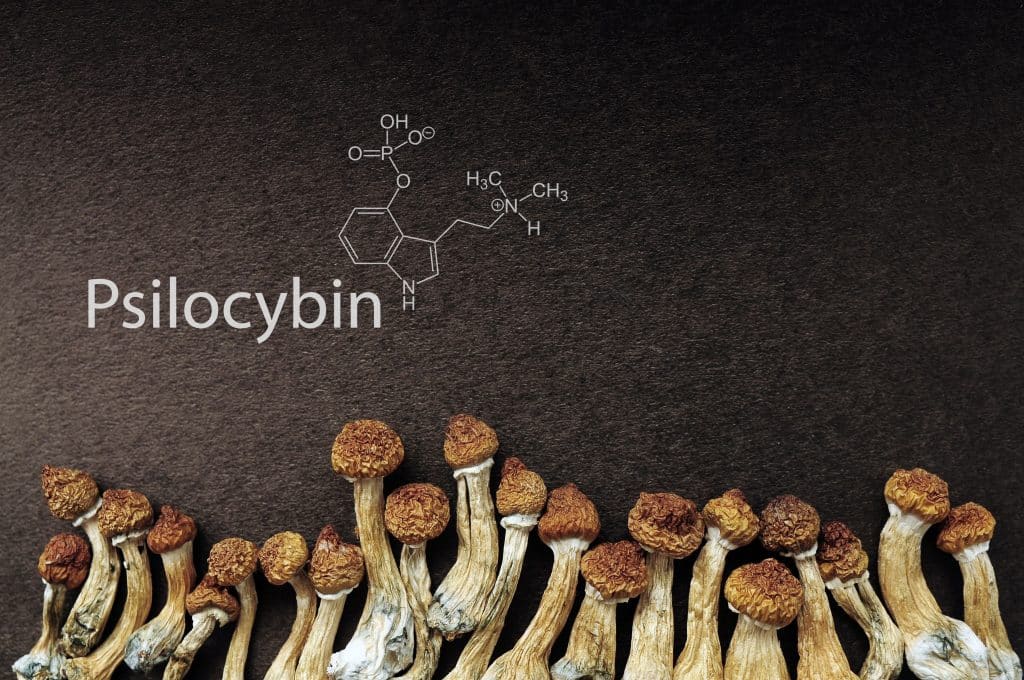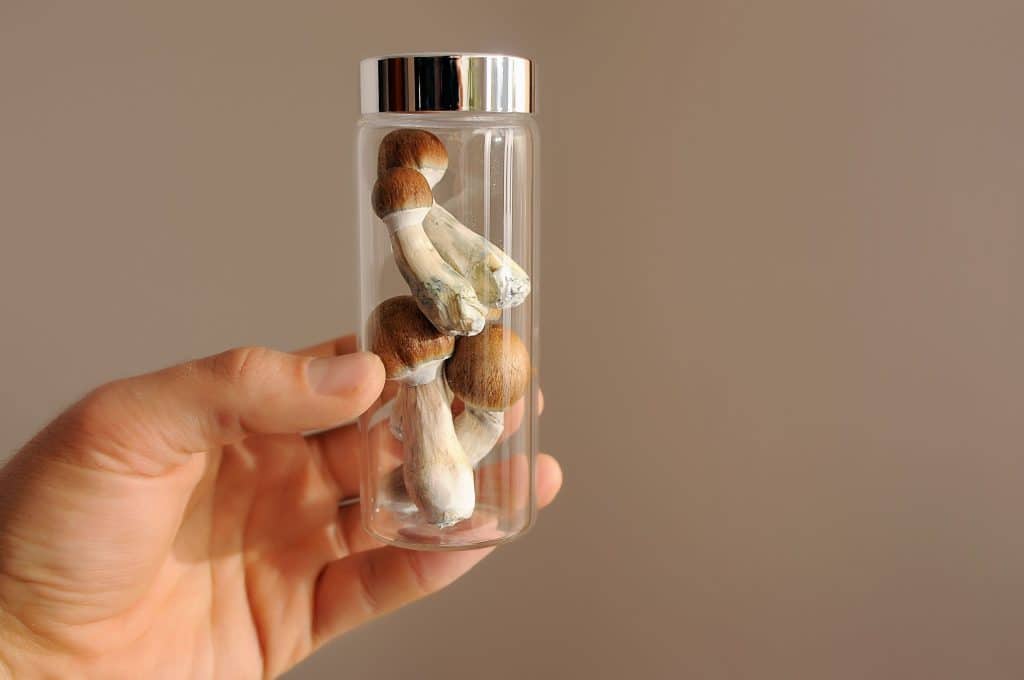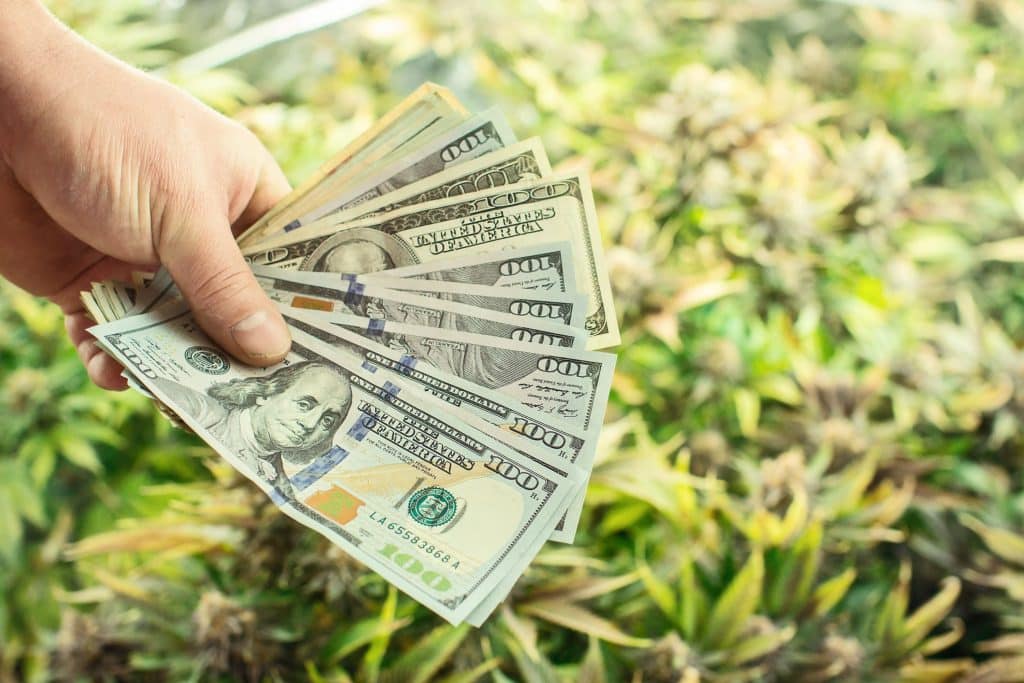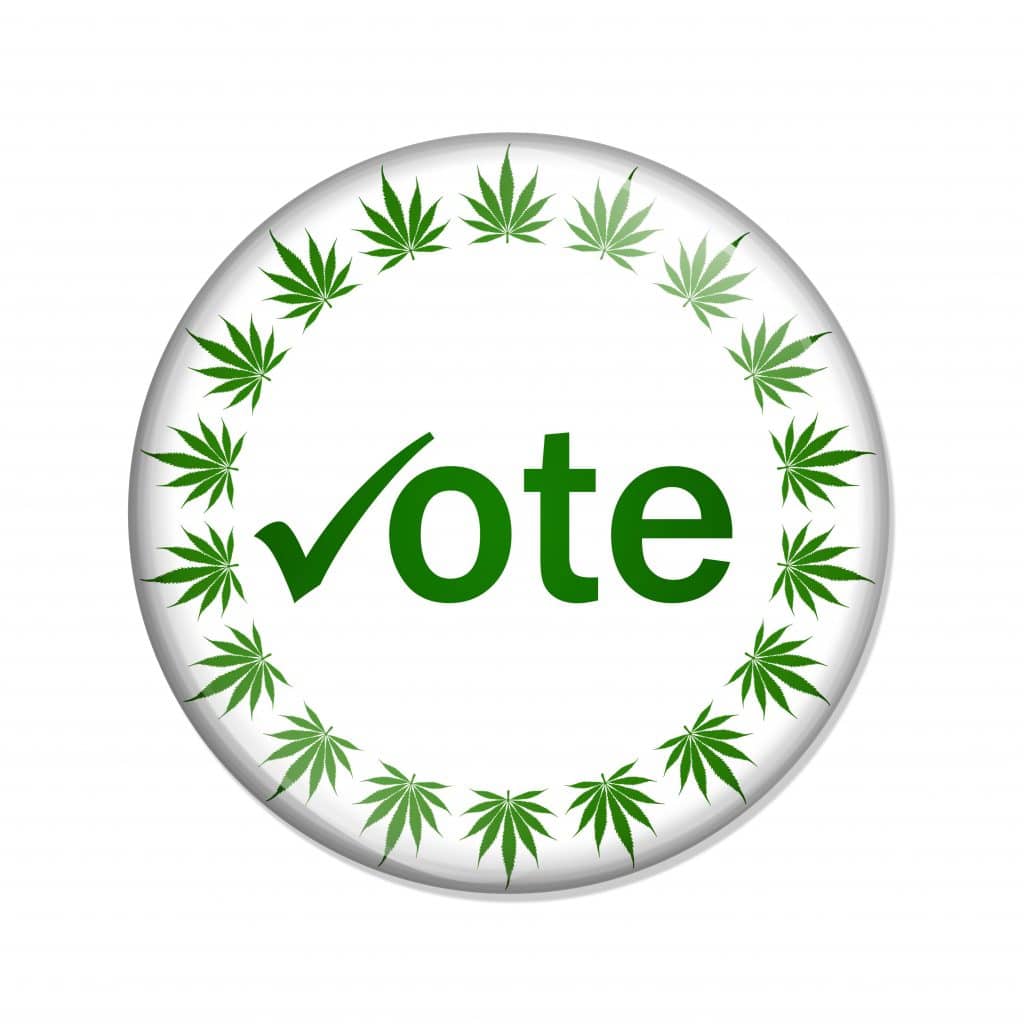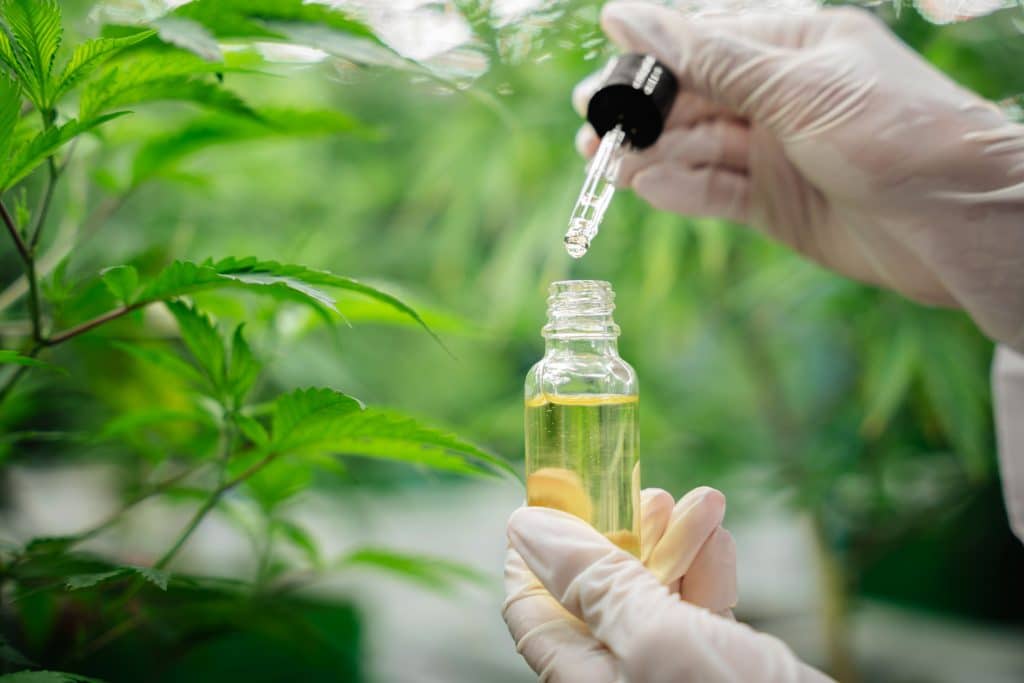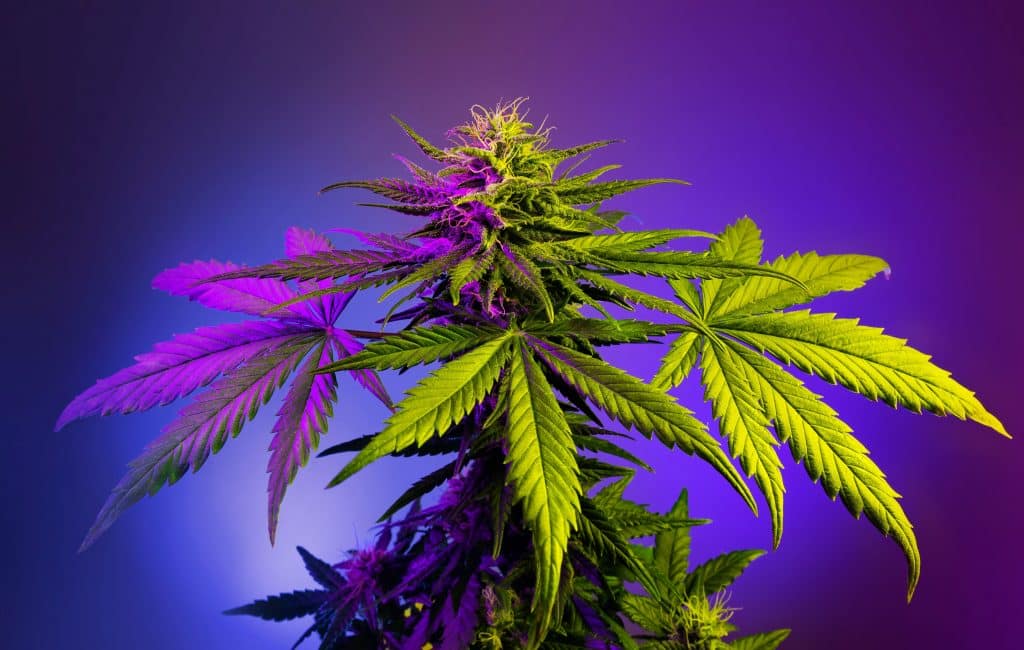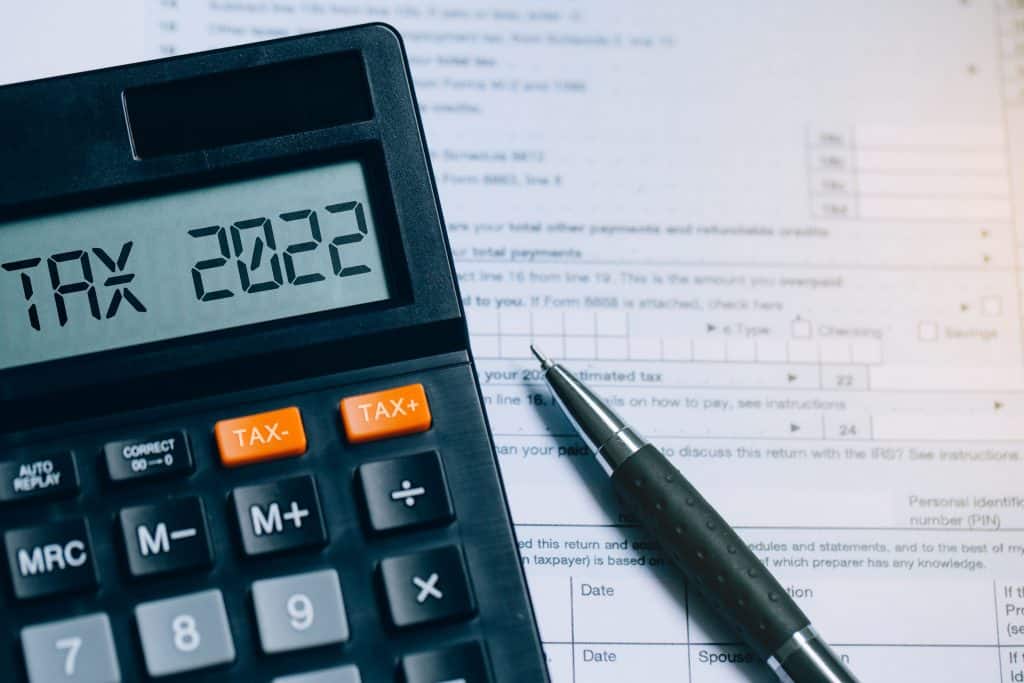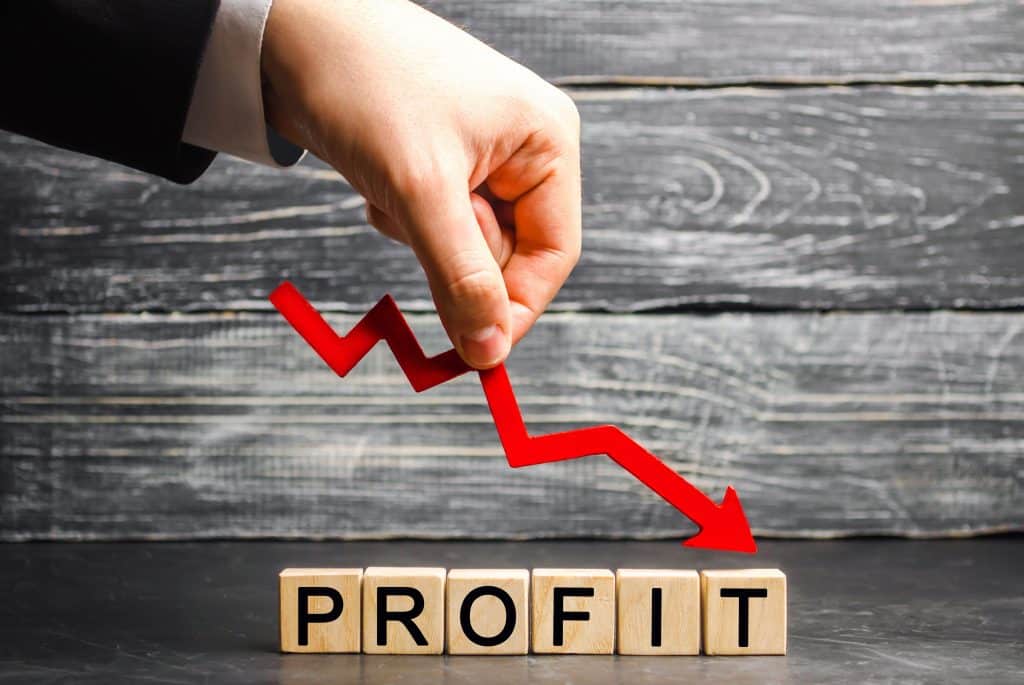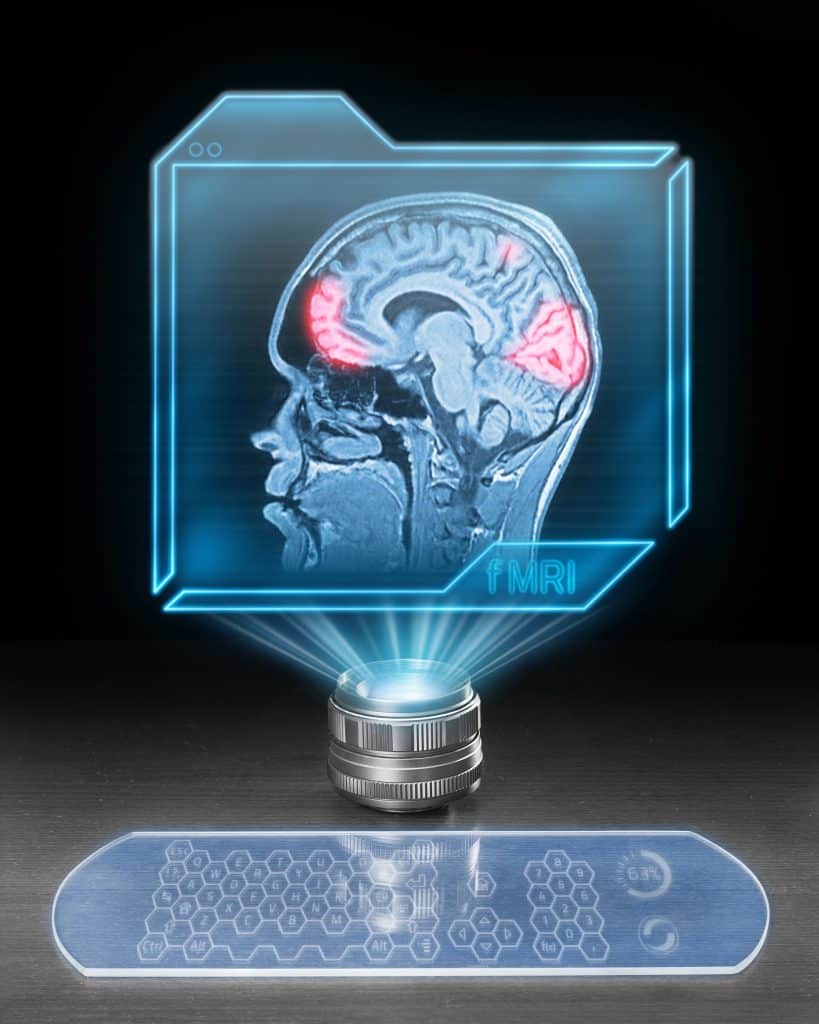What are the effects of delta-8 vs. delta-9 vs delta-10 THC? How do they differ, and where do they overlap? While these questions are straightforward, the answers are not.
The health benefits and psychoactive effects of cannabis plants on the human body are well-documented but not fully understood. This knowledge gap further widened in the mid-2010s, when hemp plants became a go-to for many health enthusiasts seeking symptom relief with CBD.
But contrary to popular belief, THC isn’t a unified compound, instead coming in several variations. While delta-8 and (of course) delta-9 THC are firmly on consumers’ (and regulators’) radars, there are many other THC cannabinoids.
If this sounds overwhelming, you’re not alone. But with delta-10 starting to gain traction, it’s important to see how this product compares to its counterparts in performance, efficacy, and – most importantly – safety.
Let’s directly compare delta-8 vs delta-9 vs delta-10 THC and dive deeper into the cannabinoid question.
What are Cannabinoids?
Cannabinoids are natural compounds produced in the human body (endocannabinoids) or externally (phytocannabinoids) – including major ones like THC and CBD. However, many lesser-known (or unknown) cannabinoids continue to appear. CBG, CBC, CBN, and CBT are found in trace amounts and offer potential benefits.
Endocannabinoids
Through a complex endocannabinoid system of receptors, our bodies use internally-produced cannabinoids, like anandamide and 2-AG, to regulate critical physiological and mental functions. For instance, anandamide regulates a massive spectrum of emotional and physical states. It also has a similar molecular structure to THC and binds with the same receptors.
Phytocannabinoids
Phytocannabinoids are produced exclusively by the Cannabis sativa L. plant species. Contrary to popular belief, botanists don’t split the cannabis plant into indica or sativa categories. Despite a pervasive myth, there is no scientific basis for the idea that indica and sativa cannabis plants have different effects.
Synthetic Cannabinoids
Synthetic cannabinoids are designed to mimic the psychoactive effects of THC. But unlike their natural counterparts, chemical products such as “K2” and “Spice” contain no natural ingredients. Consequently, these cannabinoids can be – and have been – harmful or deadly.
What is THC?
THC (Tetrahydrocannabinol) is arguably the most famous (and infamous) compound in cannabis. Out of the roughly 120 different cannabinoids, THC is the only one with strong psychoactive properties.
However, THC is a double-edged sword. Medical “marijuana” (a legal term for high-THC cannabis) continues to be explored as an alternative therapeutic tool for chemotherapy-induced nausea, pain relief, improved sleep quality, and other medical conditions. However, anecdotal evidence forms the backbone of the cannabis plant’s reported benefits, leaving many experts skeptical of its medical use.
But despite some promising medical benefits, THC has been in rough legal waters for over 80 years. While many find the experience enjoyable, THC consumption can trigger adverse effects. Consequently, some people worry – or already know – that the safety concerns (such as impairment and anxiety) outweigh any medicinal benefits.
How Many THC Forms Are There?
Like all other cannabinoids in the cannabis sativa plant, Tetrahydrocannabinol isn’t an isolated psychoactive substance. Instead, it has several variants with different atomic arrangements, called “isomers.” An isomer is a compound (natural or synthetic) with the same atomic formula (C21H30O2) but a different chemical structure.
But there are also THC-related minor cannabinoids that don’t fall under the typical delta THC numbering system.
Tetrahydrocannabinol
There’s a reason delta-9, delta-8, and delta-10 are numbered accordingly. The classification is based on the compounds’ molecular structures.
The THC molecule carries several chains of carbon atoms. Depending on the variant, Tetrahydrocannabinol will have a double bond between certain points in those chains.
For instance, Kruger et al. explain that delta-8 THC’s double bond is between the eighth carbon atom and the ninth. Delta-9 has its chemical bond between the ninth and 10th, and delta-10 is between the 10th and 11th. [1]
Unfortunately, research is sparse on most of these underdogs – despite dating back as early as the 1940s – since they’ve spent a long time under the shadow of delta-9.
Despite identifying nearly 120 cannabinoids, we’re unlikely to reach the end of that list anytime soon. Below are the known cannabinoids as documented by Dr. Rudolph Brennstein. [2]
The delta series is labeled as follows:
- Delta-1 THC
- Delta-3 THC
- Delta-7 THC (a.k.a delta-5 THC)
- Delta-8 THC
- Delta-9 THC
- Delta-10 THC (a.k.a. delta-2 THC)
- Delta-11 THC
- 11-hydroxy-Δ9-tetrahydrocannabinol
A brief note on 11-hydroxy-Δ9-tetrahydrocannabinol; unlike phytocannabinoids or endocannabinoids, 11-hydroxy-Δ9-tetrahydrocannabinol is a unique hybrid compound. It generates exclusively through the breakdown of edible delta-9 THC in the liver and gastrointestinal tract.
The list of isomers is extensive. While most occur naturally in the cannabis plant, some are synthesized to manipulate THC’s psychoactive effects. The following related compounds belong to either the delta-8 or delta-9 categories.
Known THC isomers listed by Dr. Bennstein include (but aren’t limited to):
- THCA
- THCV
- THCVA
- THC-C4
- THCA-C1
- THCA-B
- THC-O (synthetic cannabinoid three times more potent than delta-9 cannabis products)
The Endocannabinoid System
Before moving on to delta-8 vs. delta-9 vs. delta-10 THC, we must understand how certain cannabis compounds work.
The endocannabinoid system (ECS) is a complex category of cannabinoid receptors known as “CB1” and “CB2.” Located in the central and peripheral nervous systems, respectively, CB1 and CB2 harness the power of endocannabinoids and maintain a certain biochemical balance called “homeostasis.”
But due to its nature, the ECS also interacts – directly or indirectly – with phytocannabinoids like delta-8, delta-9, and delta-9 THC.
All three compounds have affinities for the endocannabinoid receptors, while others (like CBD) don’t bind.
What is Delta-8 THC?
Delta-8 is one of many THC isomers (again, compounds with the same chemical formula but a different molecular arrangement).
Delta-8 THC is a minor cannabinoid, meaning it’s only present in trace amounts, making extraction inefficient. Similarly, breeding delta-8-dominant THC plants – without infusing hemp with extract – is all but impossible (at least for now).
Fortunately, CBD (cannabidiol) also has the same atomic makeup. More importantly, CBD is legal on a federal level, thanks to the 2018 Farm Bill. The loophole allows hemp-derived CBD extracts to undergo “isomerization” to create delta-8.
The entire procedure is complicated, to say the least. What matters is that isomerization rearranges CBD’s molecular design.
The CBD will have been reassembled into delta-8 Tetrahydrocannabinol within a few hours.
Unlike most hemp-derived CBD products, the delta-8 THC extraction process and synthesis is arguably “dirtier,” further emphasizing the importance of third-party tests.
How it Works
Delta-8 THC’s overall effects are comparable to those of delta-9 but with a few key differences. We’ll get into those details next.
For now, let’s go back to the CB receptors. Like its bigger brother, delta-8 acts on the CB1 and CB2 endocannabinoid receptors. THC’s high comes from binding to the CB1 group in the central nervous system. Meanwhile, the rest of the body also interacts with THC through the CB2 receptors.
Delta-8 THC binds with the CB1 and CB2 pathways but to a weaker extent than delta-9 THC. This similar – but weaker – mechanism of action significantly cripples many undesirable effects.
What Does Delta-8 THC Feel Like?
Delta-8 THC feels like a lighter version of its potent counterpart. The compound’s effects are milder, triggering a muted “high” with little to no anxiety.
Delta-8 THC’s weaker affinity for the CB1 and CB2 receptors (as we covered earlier) triggers more manageable euphoric effects. Confusion, anxiety, dizziness, altered sense of time, dry mouth, and other issues are less intense or non-existent.
Potential Benefits of Delta-8 THC
Many users – especially medical ones – appreciate delta-8 THC’s mildness. The previously mentioned study by Kruger et al. consisted of a survey among adult volunteers who purchased delta-8 THC for medical or recreational use.
Participants reported their reasons for consumption, which mirror those of delta-9 THC. These included:
-
- Pain relief
- Relaxation
- Mood-enhancement
However, other alleged benefits of delta-8 THC may also involve:
-
- Sleep aid
- Appetite improvement
- Nausea relief
- Swelling
Uses
Since delta-8 THC is reportedly milder than delta-9, it’s perfect for medical and recreational use. Medical “marijuana” users stand to benefit from the therapeutic effects while still remaining more functional. Additionally, less potency inevitably triggers milder side effects.
Recreational cannabis fans also enjoy delta-8 due to its availability and pleasant, milder high.
Risks
Delta-8 THC, on its own, arguably poses fewer potential risks than delta-9 THC. Since the former’s psychotropic effects are milder, the chances of overdose (“greening out”) are virtually non-existent.
Make no mistake, delta-8 can contain dangerous acid solvent traces with well-documented toxic effects. A 2022 FDA report [3] warns about how harmful low-quality delta-8 THC products could be.
“Some manufacturers may use potentially unsafe household chemicals to make delta-8 THC through this chemical synthesis [isomerization] process,” the FDA says.
The regulator also warns that delta-8 products could be made in “uncontrolled or unsanitary settings, which may lead to the presence of unsafe contaminants or other potentially harmful substances.”
We also don’t have much research on delta-8 THC’s safety. This concerning knowledge gap prompted Canada – the first industrialized nation to federally legalize recreational cannabis – to ban delta-8 products indefinitely.
Nonetheless, delta-8 is still popular among a growing niche of consumers in the U.S. and abroad. At the moment, shoppers have to carefully choose their delta-8 sources.
Is Delta-8 THC Legal?
Yes, delta-8 THC is technically legal federally since it’s synthesized from hemp-derived CBD. Although its status on a federal level appears stable, delta-8 THC is still in the crosshairs of regulators and lawmakers alike.
Stay up-to-date with cannabis industry developments and laws in your state if you purchase or plan to try delta-8.
What is Delta-9 THC?
Delta-9 THC needs little introduction. Discovered in 1964 by Israeli researcher Raphael Mechoulam, THC is a household name among even the most staunch prohibitionists.
Like delta-8 THC, delta-9 is a THC isomer. However, what sets delta-9 apart is that it’s the only known phytocannabinoid that triggers a potent, intoxicating (and potentially debilitating) “high.”
But unlike its milder counterpart, delta-9 occurs naturally in highly concentrated amounts, depending on the strain. Since the cannabinoid is plentiful, it’s possible to smoke it directly from plant matter. Edible and oil makers can use clean methods, like CO2 extraction, rather than dangerous isomerization.
How It Works
Delta-9 THC has a strong affinity for the CB1 and CB2 receptors. The potent psychoactive effects are possible thanks to delta-9’s strong connection with CB1 pathways in the brain and spinal cord.
Since endocannabinoids help regulate a variety of functions, anything that interacts with or alters the CB receptors will also have various mental and physical effects.
Endocannabinoid receptors in the central nervous system help maintain balance through appetite, sleep regulation, mood control, memory, coordination, and more.
But while delta-9 THC is structurally similar to the endocannabinoid anandamide, the latter is released as-needed. The effects of delta-9, on the other hand, are based on the cannabis product’s potency (and other factors).
Consequently, delta-9’s interaction with the CB1 receptors can impair things like cognition and memory. At the same time, the cannabinoid may have beneficial effects, like pain relief, nausea reduction, and mood enhancement.
Delta-9 THC also could have beneficial effects on the CB2 receptors in the rest of the body and outlying systems. But the CB2 pathways aren’t located in the brain but rather in places like the digestive, reproductive, and immune systems.
Binding to the CB2 receptors also controls various physical responses and sensations, including pain, inflammation, immune system responses, and more.
Combining a strong affinity for both endocannabinoid receptors makes THC one of the most therapeutically viable cannabinoids. But the effects – which we’ll cover soon – are a double-edged sword for some users.
What Does Delta-9 THC Feel Like?
Anyone who uses recreational or medical “marijuana” knows what delta-9 feels like. However, delta-9 THC products come from thousands of strains, each with different cannabinoid and terpene profiles.
THC also affects everyone differently. Some might notice certain strains trigger energizing effects, while others are more sedating.
Typically, users may experience the following:
-
- Euphoric effects
- Appetite changes
- Mood improvement
- Altered sense of time
- Dizziness
- Drowsiness
- Impaired motor function
- Increased/decreased verbal communication
- Confusion
- Anxiety
- Paranoia
- Nausea/vomiting (“greening out”)
- Headache
- Auditory/visional hallucinations (rare)
Uses
Delta-9 THC has a substantial list of applications. While the cannabis plant was cultivated as far back as the dawn of agriculture (mainly for food and raw material), the first recorded medical use was in ancient China around 2700 B.C.E.
However, with the discovery of its intoxicating effects, cannabis went from a medical and industrial product to a recreational and spiritual one. Some religions today include cannabis as an integral part of their customs and rituals.
Potential Benefits of Delta-9 THC
Delta-9’s potential benefits have been circling the media for so long that many of the compound’s medical uses are common knowledge.
In 1996, California became the first state to legalize medical cannabis, with Orgon, Alaska, and Washington following suit two years later.
Initially, medical cannabis was restricted to a narrow group of people – specifically cancer patients with nausea. But since then, the list of eligible conditions has expanded to many of the following:
-
- Seizures
- Chronic pain
- Depression
- Anxiety (with careful dosing)
- Skin conditions (topical cannabis)
- Sleep
- Autoimmune diseases
- Multiple sclerosis
Keep in mind that human research is limited, so never attempt to medicate with cannabis without speaking to a doctor.
Risks
Although the benefits of delta-9 THC are still the subject of ongoing (and occasionally inconclusive) research, the risks are far more documented.
For instance, THC can cause adverse events in people with heart conditions or other issues that affect heart and brain function.
Being high could also lead to accidents while driving or operating heavy machinery.
The compound could also land you in legal trouble if it appears on a drug test. If drug tests are common at your job, it’s best to consult with your employer regarding medical use. You also might have to avoid these THC products due to a legal arrangement (such as parole or probation).
Cannabis Use Disorder
Also known as “marijuana use disorder,” the Centers for Disease Control warns that the chances of developing THC addiction are around 10%, with roughly 3 out of 10 fitting the description to some extent. [4]
Is Delta-9 THC Legal?
As of the writing of this article, delta-9 THC is legal for medical use in 38 states and the District of Columbia, along with three territories.
Unfortunately, federal regulators have been slow to catch up. Consequently, people can still be federally charged for cannabis possession, regardless of state law.
What is Delta-10 THC?
Delta-10 Tetrahydrocannabinol is another THC isomer backed by less research than even delta-8.
Like its predecessors, whose chemical double bonds fall into the eighth carbon chain and ninth, respectively, the product’s effects tend to be even milder than delta-8.
Although it exists naturally as a minor cannabinoid, this poses the same problem as that of delta-8 THC. As a result, its synthesis requires chemical extraction.
How It Works
Delta-10 also binds to the CB1 and CB2 endocannabinoid receptors. However, its affinity is weaker than even delta-8’s.
With less impact on the central nervous system, this THC product could provide even better therapeutic applications with less effect on coordination, mood, and memory.
What Does Delta-10 THC Feel Like?
Reports are still sparse, but delta-10 THC consumers typically report mood enhancement and energy.
Uses
From a medical standpoint, it’s unclear what (if any) therapeutic benefits delta-10 offers. But with reports pointing to a more energizing, less intoxicating experience, it’s possible that the product can help with a limited amount of mood disorders.
Recreational users may not get as much enjoyment out of delta-10, but the THC products still offer stimulating effects that can help provide energy throughout the day.
Potential Benefits of Delta-10 THC
Again, our knowledge of delta-10’s benefits is based primarily on educated guesses. However, if the extract’s effects are verifiable, then – theoretically – it could help with some of the following:
-
- Depression
- Fatigue
- Mood enhancement
Some non-academic sources claim that delta-10 could also have neuroprotective properties and may – ironically – help preserve memory.
However, we couldn’t verify these claims.
Risks
Since delta-10 production requires chemical synthesis, it could be just as dangerous as delta-8. If you buy these products, only choose from vendors who publish third-party lab tests.
Is Delta-10 THC Legal?
Yes, delta-10 is legal because, like delta-8, it can come from hemp-derived CBD.
Similarities Between Delta-8, Delta-9, and Delta-10 THC
- Same molecular formula
- Found naturally in cannabis
- Act upon the CB1 and CB2 receptors
- Intoxicating effects (to varying degrees)
Differences Between Delta-8, Delta-9, and Delta-10 THC?
- Different molecular structure
- Varying potency
- Delta-8 and delta-10 exist in trace amounts
- Delta-9 extracts are “cleaner” than delta-8 and delta-10
Conclusion
When considering delta-8 vs. delta-9 vs. delta-10 consumption, it’s important to take a cautious approach. Despite its long history, cannabinoid research isn’t nearly where we want it to be.
New products like delta-8 and delta-10 are promising, but in a metaphorical “gold rush,” some manufacturers inevitably cut corners at the expense of consumer safety.
All forms of THC could offer some excellent benefits, but we need to be cautious. Always consult with a medical professional before trying any form of THC.
Sources
- Kruger, J. S., & Kruger, D. J. (2022). Delta-8-THC: Delta-9-THC’s nicer younger sibling? Journal of Cannabis Research, 4(1). https://doi.org/10.1186/s42238-021-00115-8
- Brenneisen, R. (2007). Chemistry and Analysis of Phytocannabinoids and Other Cannabis Constituents. In Humana Press eBooks (pp. 17–49). https://doi.org/10.1007/978-1-59259-947-9_2
- Office of the Commissioner & Office of the Commissioner. (2022). 5 Things to Know about Delta-8 Tetrahydrocannabinol – Delta-8 THC. U.S. Food And Drug Administration. https://www.fda.gov/consumers/consumer-updates/5-things-know-about-delta-8-tetrahydrocannabinol-delta-8-thc
- Addiction | Health Effects | Marijuana | CDC. (n.d.). https://www.cdc.gov/marijuana/health-effects/addiction.html#:~:text=Some%20people%20who%20use%20marijuana,marijuana%20have%20marijuana%20use%20disorder.
The post Delta-8 vs-Delta 9, and Delta-10 THC: Effects, Differences, and Similarities appeared first on Colorado Botanicals.
via Colorado Botanicals https://cobocbd.com/delta-8-delta-9-delta-10-differences/?utm_source=rss&utm_medium=rss&utm_campaign=delta-8-delta-9-delta-10-differences
source https://rosalinaklerkx.weebly.com/blog/delta-8-vs-delta-9-and-delta-10-thc-effects-differences-and-similarities

